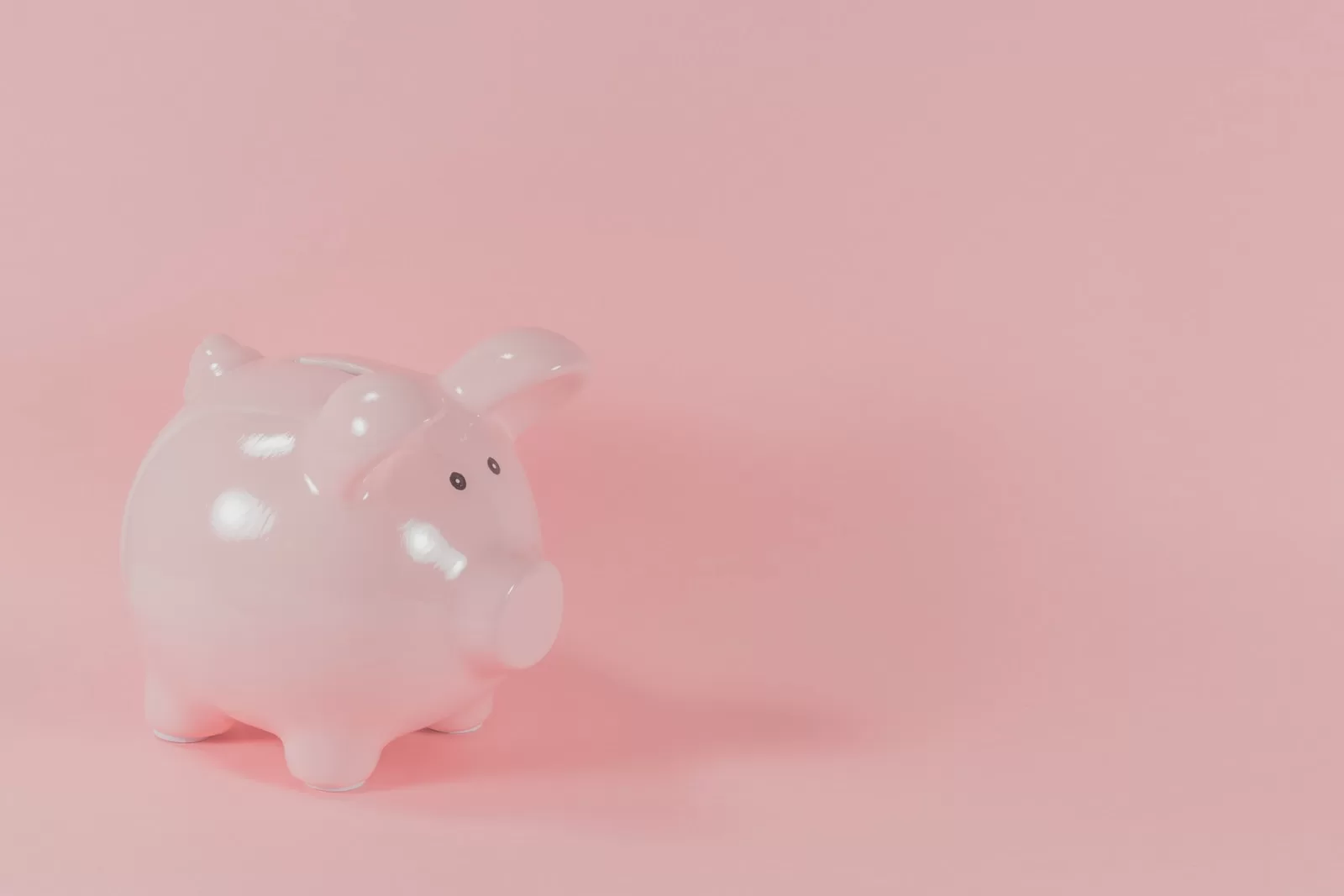
Refrigerators are essential appliances that keep our food and drinks fresh and cold. But they also consume a lot of electricity, especially if they are old, large, or inefficient. How much electricity does a refrigerator use per month? And how can you reduce your refrigerator’s energy consumption and save money on your electricity bill?
The average refrigerator uses about 45 kWh of electricity per month, which costs about $8 per month or $96 per year. However, the actual electricity usage of your refrigerator depends on several factors, such as the size, type, age, and efficiency rating of your refrigerator.
In this post, we will explain how to calculate your refrigerator’s electricity usage and cost per month. We will also give you some tips on how to choose an energy-efficient refrigerator and how to maintain it properly to lower its energy consumption.
To calculate how much electricity your refrigerator uses per month, you need to know two things: the wattage of your refrigerator and the electricity rate in your area.
The wattage of your refrigerator is the amount of power it uses when it is running. You can find this information on the label or the manual of your refrigerator, or you can use a wattage meter to measure it. The average wattage of a refrigerator is between 300 and 800 watts, depending on the size and type of the refrigerator.
The electricity rate in your area is the amount of money you pay for each kilowatt-hour (kWh) of electricity you use. You can find this information on your electricity bill or by contacting your utility company. The average electricity rate in the US is about 13 cents per kWh, but it varies by state and season.
To calculate how much electricity your refrigerator uses per month, you need to multiply the wattage of your refrigerator by the number of hours it runs per day, and then divide by 1000 to get the kWh per day. Then, multiply by 30 to get the kWh per month. Finally, multiply by the electricity rate to get the cost per month.
For example, let’s say you have a refrigerator that uses 500 watts of power and runs for 10 hours per day on average. The electricity rate in your area is 15 cents per kWh. Here is how you would calculate your refrigerator’s electricity usage and cost per month:
If you are looking for a new refrigerator or want to replace your old one, you should consider the energy efficiency of the refrigerator. An energy-efficient refrigerator will use less electricity and save you money on your electricity bill in the long run.
One way to compare the energy efficiency of different refrigerators is to look at their Energy Star rating. Energy Star is a program that certifies appliances that meet certain standards of energy efficiency and environmental performance. Energy Star refrigerators use at least 10% less energy than non-certified models and can save you up to $300 over their lifetime.
Another way to compare the energy efficiency of different refrigerators is to look at their annual energy consumption (AEC). This is the amount of electricity that a refrigerator uses in a year under typical conditions. You can find this information on the yellow EnergyGuide label that is attached to most refrigerators. The lower the AEC, the more energy-efficient the refrigerator is.
Some factors that affect the energy efficiency of a refrigerator are:
Besides choosing an energy-efficient refrigerator, you can also take some steps to maintain your refrigerator properly and lower its energy consumption. Here are some tips on how to do that:
Refrigerators use a lot of electricity, but you can reduce their energy consumption and save money on your electricity bill by choosing an energy-efficient model, maintaining it properly, and following some simple tips. By doing so, you can also help protect the environment and reduce your carbon footprint.
